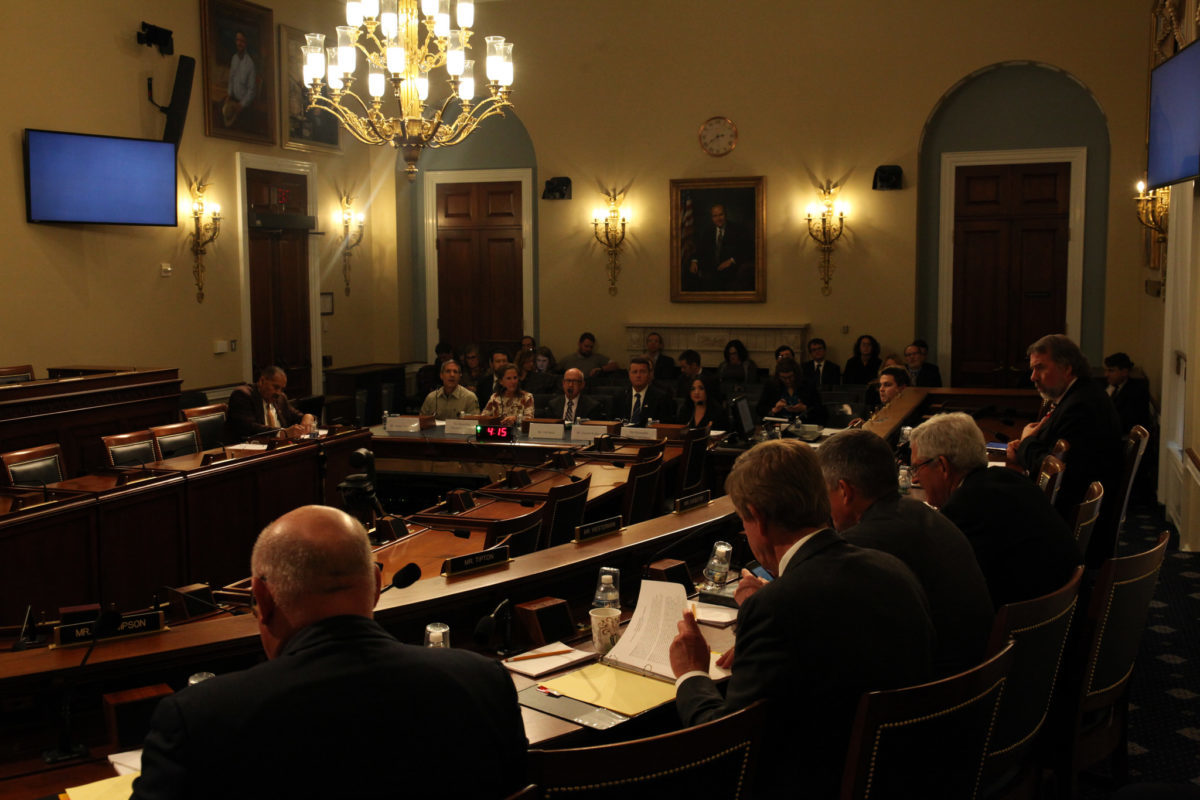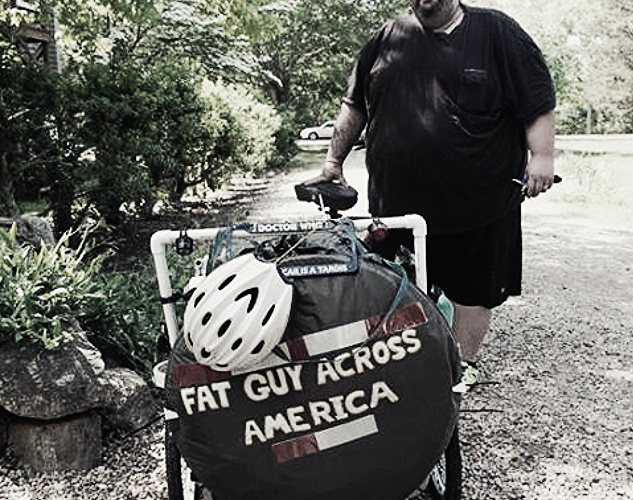
Political lobbying by interest groups is by no means a new concept, but in the tumultuous political climate of 2018, lobbying has found itself under the microscope. Analysts posit that the easiest way to predict whether or not an organization will get their legislation enacted, or more generally succeed in their lobbying efforts, is to follow the money. The organizations that spend the most generally win.
What’s most important, Aaron Kessler argues in an article published on CNN, is how much a lobbying group invests in comparison to the opposition. He uses the example of the NRA:
“For lobbying on singular issues like guns, it’s more about how you compare to the other side of your issue. It’s here that the leverage of the NRA and other gun rights groups becomes fully evident. While they spent north of $10 million last year, those advocating the opposite — gun control — spent less than one-fifth as much. The same is true going back at least five years.”
Regardless of one’s opinions on gun control, the lesson seems to be that investing in lobbying is a highly effective way to push an agenda forward. The question is: are mountain bikers investing enough in lobbying for our cause?
Dollars Invested in Mountain Bike Lobbying vs. the Opposition
The International Mountain Bike Association (IMBA) has been advocating for mountain bikers for over 30 years now. While I was not able to obtain information for all-time lobbying investment by IMBA, based on Form 990 filed with the Internal Revenue Service (IRS) for 2014, 2015, and 2016, IMBA spent $6,926, $41,321, and $29,888, respectively. That’s a total of $78,135 over the course of a three-year period. Most of the reported IMBA lobbying expenditures are based on a calculation of the time IMBA staff invested in lobbying efforts of various types, and not money paid to outside lobbyists.
The Sustainable Trails Coalition (STC) is an organization that was formed in 2015 for the sole purpose of restoring the Wilderness Act to its original interpretation, and as a result, is a 501(c)(4) that can legally dedicate all of its funds to lobbying. The STC has raised over $200,000 since inception, and 100% of that funding has gone to lobbying. The group paid $120,000 to professional lobbyist Louis Lehrman of Wheelhouse Partners DC during the first year that he worked for the STC on the Wilderness issue. While STC funding has declined in recent years, Lehrman has continued to invest his time regardless of pay. The STC was only able to pay him $45,000 in 2017.
In comparison, the Wilderness Society spent $420,000 on lobbying in 2014, $490,000 in 2015, $280,000 in 2016, and $870,000 in 2017. The Sierra Club spent $360,000 in 2014, $680,000 in 2015, $640,000 in 2016, and $610,000 in 2017.
Based on the data we have available, the maximum amount spent on mountain bike lobbying by IMBA and the STC combined in a single-year period was $149,888 in 2016. (To keep things simple, this analysis lumps all of the STC lobbying expenses into a single year, instead of spreading it from August 2015-August 2016.)
It turns out that exactly when that spending took place is insignificant, as the Sierra Club and Wilderness Society invested a collective $920,000 in 2016–over six times as much as mountain bikers. Not only that, their lobbying spending increased in 2017, to $1.48 million.
How much money could IMBA have legally invested in lobbying?
While the Sustainable Trails Coalition has been able to spend 100% of their funds on lobbying thanks to their 501(c)(4) tax designation, IMBA is quick to note that they can’t spend much on lobbying due to their 501(c)(3) designation. However, both the Sierra Club and the Wilderness Society are 501(c)(3) organizations too, and they’ve invested much more in lobbying efforts than IMBA ever has. So how much could IMBA have invested over those three years?
The math is relatively simple, and is based on the organization’s exempt purpose expenditures. According to the IRS, 501(c)(3)s with exempt purpose expenditures greater than $1.5 million and less than $17 million can spend “$225,000 plus 5% of the exempt purpose expenditures over $1,500,000” on lobbying efforts. Both lobbying expenditures and total “exempt purpose expenditures” are explicitly listed on IRS Form 990. Analyzing IMBA’s 990 forms from 2014, 2015, and 2016, we see that IMBA listed exempt purpose expenditures of:
- 2014: $5,235,573
- 2015: $5,596,440
- 2016: $5,513,171
Based on the formula published on the IRS website, IMBA could legally have spent:
- 2014: $411,778
- 2015: $429,822
- 2016: $425,658
Again, remember that their actual lobbying expenditures were:
- 2014: $6,926
- 2015: $41,321
- 2016: $29,888
Caveat
Now are the Sierra Club and the Wilderness Society by definition mountain bikers’ opposition? Perhaps on certain narrow topics like mountain bike access in Wilderness, but as I’ve argued before, mountain bikers are conservationists, too. In many ways, mountain bikers’ goals align with those of the Sierra Club and the Wilderness Society, even if they seem to oppose us on many issues. Undoubtedly, both of those organizations spend some of their money on issues that many mountain bikers would approve of.
Is money all that matters?

While IMBA is involved in lobbying on many different bills, at least at a “cursory level,” overall they don’t view lobbying as the single most important place where they can spend their money. IMBA thinks they can be more effective and get more mountain bike trails built by focusing their limited funds on other efforts, like educating local clubs and helping groups navigate the trail approval process.
I asked IMBA for the rationale behind not investing more money in lobbying, and here’s how Aaron Clark, Advocacy Manager and Government Relations for IMBA, put it:
“We will always look at what we can do to be the most effective with the use of our money. I think that there is some argument to be made that if you have limited resources, putting money towards legislative efforts [when] it’s hard to quantify the likelihood of them passing, to quantify the return [on] investment, that money may be better served in other places where it’s more on-the-ground focused.
I’ll go back to when I was not working at IMBA but working with IMBA staff, many years ago. They would say to me when I was working with their government relations staff, my predecessor, that they weren’t going to focus on working on travel planning, the agency management plan process, because that was too long to engage on when they could just go right to the Forest [Service] and put in a proposal for trails, and have that be much more successful in a shorter period of time for less money. That’s an example similar to what I would say this is.
Sometimes we look at, ‘how much are these legislative efforts passing in Congress? Is it worthwhile, and how much benefit do they bring us?’
I mentioned earlier that Eric [Melson] and I had a lot of collaborative processes that we signed on in agreement to a legislative bill that’s gone into Congress because it does some good things for mountain biking, and we’ve worked on part of that and it doesn’t do any harm, […] and our locals support it. But we don’t do much […] after signing on in support. We write that obligatory letter to Congress saying, ‘we support this piece of legislation,’ but we’re not going to DC and really lobbying on behalf of that piece, much more than just a cursory level. So we’re spending very little on it.
That’s because it’s not primarily our main focus, and there are other people working on it in support, so we would rather put our money towards something else instead that we can focus our energy on and have a higher return on investment.”
While the STC has invested 100% of the money it’s raised on lobbying, even they suggest the amount of money spent is only one factor in whether lobbying will be successful or not. While Lehrman admits that “money is the mother’s milk of politics,” he goes on to clarify that “it’s not the only thing.”
“Lawmakers are very sensitive to their constituents because they are the ones who vote them in and vote them out of office. Tom McClintock doesn’t do these things for money. We’ve never given him a cent. He does it because he’s got a very robust mountain biking community out in California.
And, in addition to that, lawmakers, believe it or not, look to the policy issues and whether they make sense.
So money, constituencies, and policy — that’s the three-legged stool for lobbying and advocacy.”
Lehrman went on to explain just how effective free grassroots efforts can be, such as letter-writing campaigns to representatives, writing letters to the editor for local newspapers, and showing up at offices and public forums to have face-to-face conversations with representatives.
While Lehrman was only paid $45,000 in 2017, he hasn’t reduced his efforts in the slightest. He continues to work for the STC because he believes in the cause. “Those on the other side of the issue, who believe that STC will run out of money for advocacy in Washington, will be sorely mistaken at the end of the day,” says Lehrman. “I’d just as well do this for free as I would to be paid in full. So lest they underestimate us, they do so at their own caution.” Lehrman’s dedication to this cause seems to give further credence to the idea that money isn’t everything.
Should Mountain Bikers Spend More Money on Political Lobbying?
So should mountain bike advocacy organizations, and mountain bikers in general, be spending more money on lobbying for issues like bikes in wilderness? While the success of lobbying by other interest groups seems to indicate that mountain bikers could be missing out due to our relative lack of lobbying investment, there’s no denying the incredible amount of work that organizations like IMBA are attempting to accomplish with limited funding.
Let us know your opinion in the comments section below.











1 Comments
Apr 16, 2018
If you're not at the table in D.C., then you're probably on the menu. I think it's important for people to advocate for their interests, and the MTB community has a lot of natural allies in the policy arena. If we all work together and speak up when it matters, then we can affect the outcomes we desire.
I have about eight years of experience lobbying on behalf of the Air Line Pilots Association. Give me a holler if you need my help.
KO